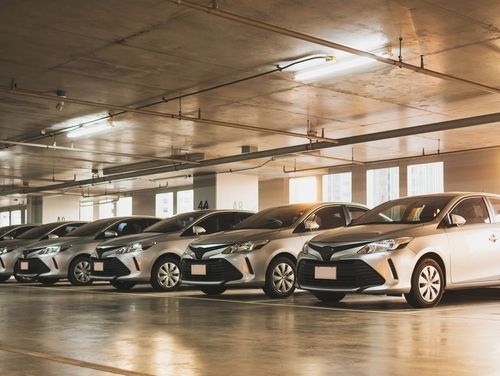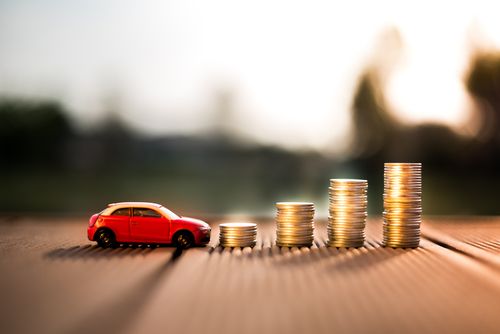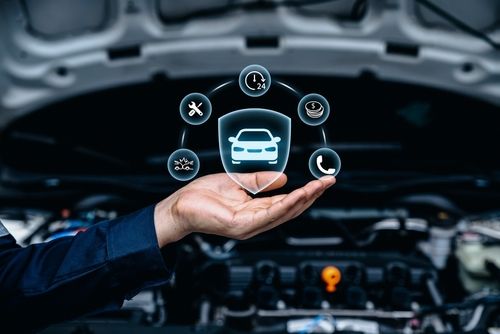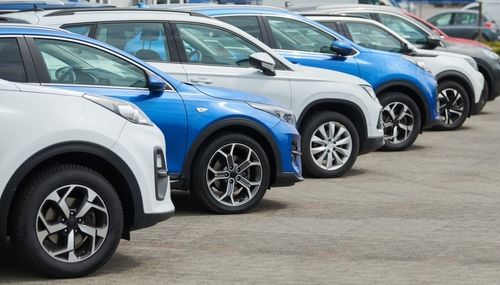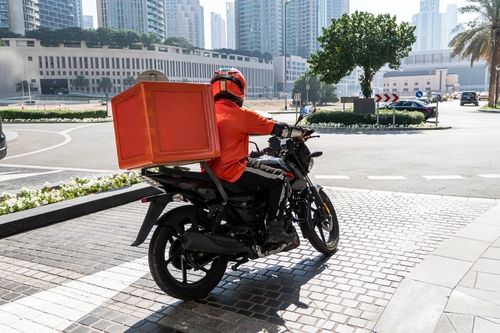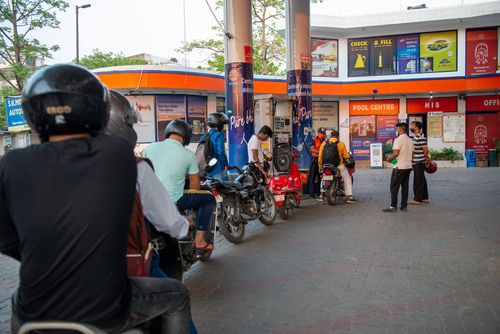Following Road Safety Rules in India: Safe Driving Tips
Written by Upstox Desk
Published on July 25, 2025 | 3 min read
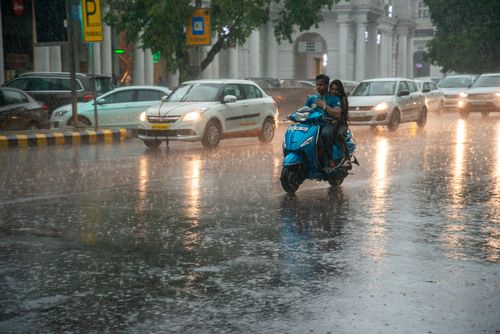
If you are an Indian driver or ride on the Indian roads, you know how good or otherwise the traffic conditions are. The country has the unfortunate record of some of the highest numbers of road accidents and fatalities in the world. Most road accidents in India can be attributed to poor civil and traffic sense, as well as avoidable human errors.
As a driver, following and knowing road safety is more than just a legal necessity. It is a moral obligation to safeguard yourself and others. In this article, we highlight key rules and safe driving tips to help make our roads safer for everyone.
Road Safety in India: The Legal Framework
India has improved road safety by fortifying its traffic legislation over time. Clear rules for drivers are outlined in the Motor Vehicles Act and its most recent modifications. These include the mandatory wearing of seat belts and helmets, harsher penalties for infractions, and license endorsements for repeat offenders.
The government's commitment to lowering road fatalities is shown in programs like the Good Samaritan Law, which protects bystanders who help accident victims, and Bharat NCAP, which rates cars according to crash safety. In partnership with non-governmental organizations like the SaveLIFE Foundation, numerous states also hold yearly road safety weeks and awareness campaigns.
Prepare Before You Drive
Before getting on the wheel, it's essential to give yourself a reality check. You should assess your mental and physical state before driving or riding. Do not hit the road if you feel unwell or are under any kind of influence. Always be doubly sure about your vehicle’s fitness and ensure to inspect the tyres, brakes, headlights, indicators, mirrors, and keep all mandatory documents, such as the driving licence, registration certificate, insurance, and pollution certificate, handy.
Essential Road Safety Rules and Tips
Obey Traffic Signals and Lane Discipline
Always follow traffic lights, road signs, and lane markings. Use indicators or hand signals to communicate your intentions. Avoid sudden lane changes or overtaking recklessly, stick to your lane and maintain order on the road.
Respect Speed Limits and Maintain Distance
Speeding is a leading cause of road fatalities in India. Adhere to prescribed speed limits and adjust your speed accordingly, taking into account traffic density, weather conditions, and visibility. Maintain a safe following distance, at least two seconds behind the vehicle in front, to give yourself time to react to sudden stops or obstacles.
Wear Helmets and Seat Belts
Wearing a helmet is legally mandatory for both riders and pillion passengers on two-wheelers, while seat belts are compulsory for drivers and passengers in cars. These simple habits can significantly reduce the risk of severe injuries and are also crucial for insurance claims in case of an accident.
Avoid Distractions and Drunk Driving
Do not use your mobile phone while driving unless you’ve parked safely. Even hands-free devices can distract you from road conditions. Never drive under the influence of alcohol, drugs, or substances that impair judgment; it’s illegal and life-threatening.
Drive Defensively and Stay Patient
Anticipate mistakes by others, be prepared to stop or slow down if needed. Avoid aggressive driving, harsh braking, or speeding to overtake. A calm, defensive driving approach can help reduce accidents and road rage incidents.
Safe Driving in Different Scenarios
Conclusion
Following road safety rules is the simplest yet most powerful way to save lives, prevent injuries, and reduce the burden of accidents on society. Every time you take the wheel, remember that driving is not just about reaching your destination; it’s about ensuring you and everyone around you reach theirs safely. Let’s pledge to follow the rules, drive responsibly, and contribute to safer roads for India.
FAQs
What is the most important road safety rule in India?
The most crucial rule is to obey all traffic signals, signs, and lane markings, as they help maintain order and prevent accidents.
Is wearing a helmet mandatory for pillion riders as well?
Yes, wearing a helmet is legally mandatory for both the rider and the pillion passenger on two-wheelers to reduce the risk of head injuries.
What does the Good Samaritan Law mean for drivers?
The Good Samaritan Law protects individuals who assist accident victims from being harassed or held liable, encouraging people to help in emergencies without fear of retribution.
Can I use a hands-free mobile phone while driving?
Even hands-free mobile use is discouraged as it can distract your attention from the road. It’s best to stop safely before attending calls or messages.
Why should I maintain a safe distance between vehicles?
Maintaining a safe following distance allows you enough time to react and brake safely if the vehicle in front of you stops suddenly, thereby reducing collision risks.
About Author
Upstox Desk
Upstox Desk
Team of expert writers dedicated to providing insightful and comprehensive coverage on stock markets, economic trends, commodities, business developments, and personal finance. With a passion for delivering valuable information, the team strives to keep readers informed about the latest trends and developments in the financial world.
Read more from UpstoxUpstox is a leading Indian financial services company that offers online trading and investment services in stocks, commodities, currencies, mutual funds, and more. Founded in 2009 and headquartered in Mumbai, Upstox is backed by prominent investors including Ratan Tata, Tiger Global, and Kalaari Capital. It operates under RKSV Securities and is registered with SEBI, NSE, BSE, and other regulatory bodies, ensuring secure and compliant trading experiences.


















